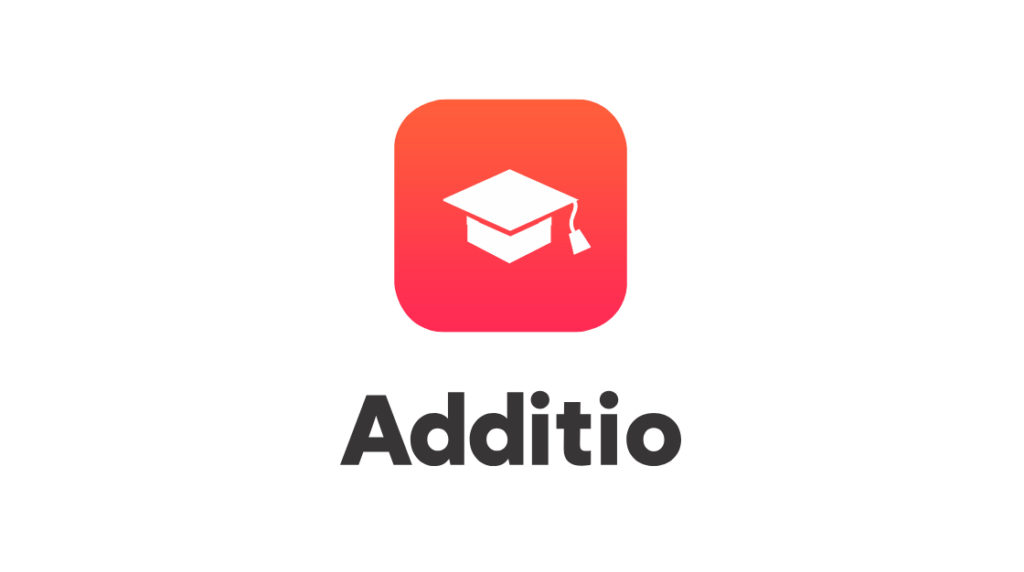Breaking down the key points from the White Paper on Artificial Intelligence applied to Education, published by CIDAI (Centre of Innovation for Data tech and Artificial Intelligence)
Recently, CIDAI (Centre of Innovation for Data tech and Artificial Intelligence) has released a document about the challenges of Artificial Intelligence applied to Education, specifically within the Catalonia region. However, the insights provided regarding AI in Education are also applicable to education in general. For this reason, we bring you this post, in which we dissect the main keys that we can extract from this insightful document.
This study first focuses on the situation of the Catalan educational sector, outlining some challenges it faces, and how Artificial Intelligence can help tackle them. Subsequently, it examines several trends taking place in education (data technologies, personalised education, gamification, competency-based training and evaluation, etc.).
Finally, it explains how AI aids in transforming education and what tools are available in the market that are contributing to this transformation. This latter part is what we will delve into in this post.
Let’s dive in!
AI in Education: Objectives and opportunities
For the past few months, there’s been no topic more discussed in the educational world than artificial intelligence. The new digital tools based on AI have enabled the transformation of education, making it more personalised and interactive.
With the introduction of these AI tools in education, both educators and students are gaining access to an unlimited world with multiple opportunities that are reshaping the way of teaching and learning.
As mentioned in the CIDAI study, the use and implementation of AI in education bring forth several opportunities to consider:
- It allows for improving educational inclusion and promotes quality learning.
- It enhances student motivation through the use of innovative resources that foster creativity.
- It develops digital competencies in individuals, thereby building and educating society for the future.
Opportunities of AI for Teaching
One noteworthy aspect highlighted in the CIDAI White Paper is the comprehensive analysis it provides regarding the opportunities presented by the use of artificial intelligence in teaching tasks. Below, we summarise some of these opportunities:
- The use of AI drives the personalization of education: This enables real-time tracking of students’ learning progress, offering tailored content based on their evolution and interests. Thus, individualised learning pathways can be provided, detecting strengths and areas for improvement. With tools like Additio App’s assessment targets, you can obtain real-time information on students’ progress in various subject areas.
- AI use in education assists in daily teaching: Thanks to the use of chatbots (such as ChatGPT), supplementary information can be obtained to aid in class activities (such as examples for exercises, activity ideas, etc.). It can also serve as assistance for students in completing their assignments. In the latter case, aspects such as plagiarism need to be addressed, and activities in class should be encouraged to foster critical thinking.
- The introduction of AI in the classroom aids in identifying learning difficulties and patterns of dropout: AI tools exist that can detect learning difficulties among students based on their grades, attendance records, behaviour, etc. AI enables real-time data analysis and the generation of reports that allow for early intervention.
- AI tools help create and adapt resources and materials: One of the most significant benefits that teachers are gaining from the use of AI is in the creation and adaptation of classroom resources. AI enables the generation of questions on specific content, ideas for exercises, images for materials, etc. Therefore, it greatly assists in generating exams, class activities, etc.
Opportunities of AI for Educational Institutions
In addition to numerous benefits for daily teaching management, the use of AI in education also offers advantages to educational institutions, as detailed in the CIDAI article.
- Educational Institution Management: With the use of AI tools, comprehensive control of the educational institution can be achieved, whether for accounting and billing purposes, generating detailed reports on student progress, communicating with families and students, creating error-free class schedules, etc. Additio App facilitates all school management for educational institutions.
- Analysis for Prevention of Academic Failure and Dropout: Similar to teachers, AI tools can help educational institutions monitor students’ academic progress. This allows for the identification of weaknesses in learning and offering real-time support for improvement, thus preventing academic failure. It also enables the detection of recurrent absences, allowing for the proactive addressing of absenteeism patterns that may lead to dropout.
Additio App’s Schedule Generator: A leading AI tool for education
Among the AI tools recommended in the CIDAI White Paper for education, Additio App’s schedule generator stands out as the top recommendation for generating schedules using AI.
As highlighted on pages 42 and 60 of the article, this tool offers opportunities for educational institutions to implement AI. Our schedule generator revolutionises how educational institutions manage schedules, allowing them to eliminate manual tasks associated with schedule creation. With the use of AI, schools can now generate perfect schedules within minutes, free from errors.
If you’d like more information on how our schedule generator can benefit your institution, feel free to contact us.
Barriers to the adoption of AI in education
The document concludes with a series of barriers that hinder the implementation of AI in the educational sector. Let’s summarise these:
- Lack of information and training: Both teachers and students lack sufficient training to understand exactly how AI tools function, as well as the benefits and drawbacks of their use in the classroom. Therefore, it will be necessary for teachers and students to receive training on these aspects in the coming months.
- Rapid evolution of AI: This makes it difficult to establish optimal regulation of the tools and hampers efforts to control existing tools and their impact on the educational system.
- Limited consolidation of legislative aspects regulating the use of AI in education: There are regulations at various levels (European, local, regional), but there is limited consolidation of a comprehensive regulation governing the use of AI in the education sector.
- Resistance to change: Some educational institutions, teachers, or professionals resist change due to the effort required to undergo training or effectively utilise AI tools. A strong national commitment to the implementation and training of these AI tools would help reduce this resistance to change.
What do you think about the change that AI is causing?
When it comes to AI in education, there are always various perspectives, and all of them are valid. We would like to know your opinion about the use of AI in education, so please share with us on our social media channels: Facebook, Twitter, Instagram and Youtube.
If you want to see how technologies can help you in your day-to-day life as a teacher, don’t forget to sign up for free with Additio Starter plan.
See you there!





